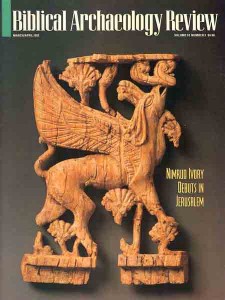When Kingship Descended from Heaven: Masterpieces of Mesopotamian Art from the Louvre
March 8–August 9, 1992
Never before seen in the U.S., 32 objects created in Mesopotamia between 3500 and 2000 B.C. will be on loan from the Louvre. Beginning around 3300 B.C., Mesopotamia gave birth to writing, urban communities and monumental art and architecture. In the exhibit are metalwork; sculptures; cylinder seals; shell inlays; and inscriptions on stone, including some of the oldest examples of royal inscriptions. One famous statue shows Gudea, ruler of Lagash (c. 2120 B.C.), holding a vase overflowing with streams of water full of fish. Maintaining the irrigation canals was a duty of the ruler and essential to agriculture. The statue would have been installed in a temple, where the devout believed it would have independent life, empowered by the king to speak on his behalf to the cult statue of the god or goddess to whom it was dedicated.
Already a library member? Log in here.
Institution user? Log in with your IP address.

